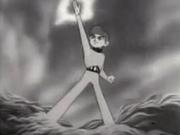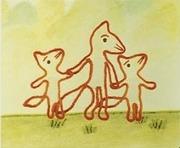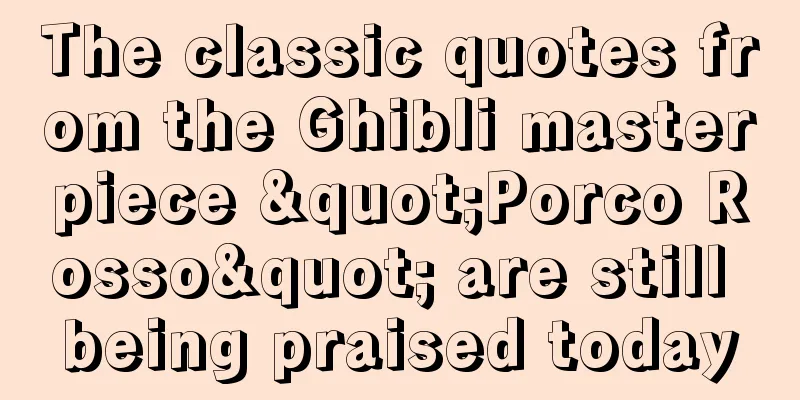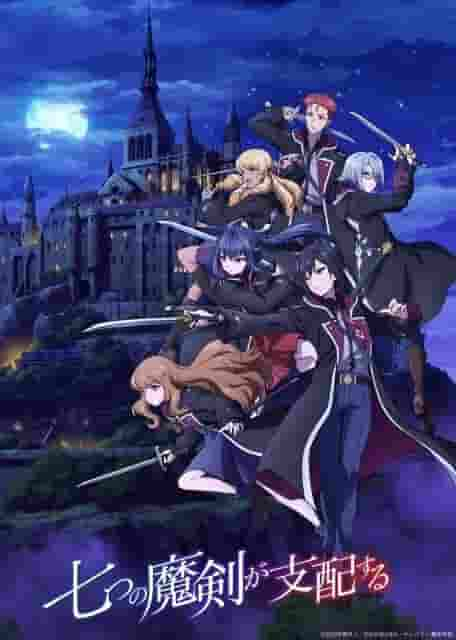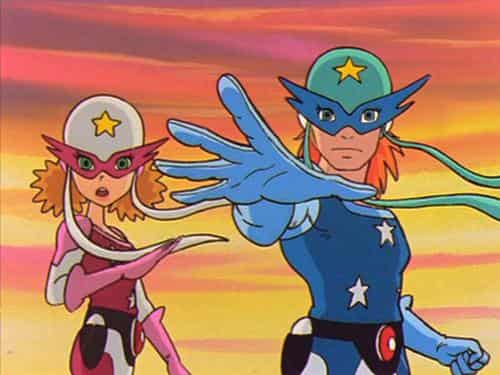"Kana Kana Kana": A thorough analysis of the appeal and emotion of NHK's "Minna no Uta"

"Kana Kana Kana" - The appeal and history of NHK's educational animation"Kana Kana Kana" is one of the educational anime series that was broadcast on NHK Educational TV (now NHK E-Tele) in 1978. This work was created with the aim of teaching children hiragana, and in just two minutes, it allows them to learn the characters in a fun and effective way. Below, we will explain in detail the detailed information about this work, its appeal, and its significance as an educational anime. Overview"Kana Kana Kana" is a one-episode short anime that was broadcast in February 1978. It was produced by Seiichi Hayashi and the copyright belongs to NHK. The broadcast time is very short, at just two minutes, so that children can maintain their concentration while watching. This work was produced as part of the "Minna no Uta" series, and is positioned as educational content to teach children hiragana. Story and Content"Kana Kana Kana" is an anime themed on the hiragana "kana". The story depicts the process of the main character learning the hiragana "kana". The anime is presented in a fun way with song and dance, and is designed to help children learn hiragana naturally. In particular, the method of introducing hiragana to a rhythm is effective in capturing children's interest. The content of the anime is very simple and revolves around the hiragana "kana". The main character sings and dances "kana" to teach viewers the shape and reading of hiragana. This simplicity makes it easy for children to understand and allows them to learn while having fun. Background and significance of the production"Kana Kana Kana" was produced as part of the NHK educational program "Minna no Uta" series. "Minna no Uta" is a long-running program that has been broadcast since 1961, and aims to teach children various things through music. "Kana Kana Kana" was produced as part of this program, with the theme of learning hiragana. The production of this work reflects NHK's strong commitment to children's education. Hiragana is the foundation of the Japanese language, and by helping children master it at an early stage, they can improve their reading and writing skills. "Kana Kana Kana" was produced as an effective tool to achieve this goal. This work also has great significance as an educational anime. Educational anime provides children with the opportunity to learn while having fun, which can enhance the effectiveness of education. "Kana Kana Kana" is a prime example of this, and has become important content that contributes to children's education. Characters and performancesThe characters in "Kana Kana Kana" are designed to be familiar to children. The main character is drawn with a bright and energetic image, and is responsible for teaching children hiragana. The character's movements and expressions are also designed to attract children's interest, making the most of the visual effect. The production is characterized by fun performances centered around song and dance. The rhythmic way of introducing hiragana makes it easy for children to remember and effectively promotes learning. In addition, the colorful backgrounds and moving animations stimulate children's visual senses and improve their concentration. Educational Effects and Evaluation"Kana Kana Kana" is highly regarded as an educational anime for teaching children hiragana. It has been particularly praised for its ability to effectively promote learning in a short period of time, and many children have mastered hiragana through this anime. In addition, the entertaining song and dance performances are effective in attracting children's interest and increasing their motivation to learn. As for educational effects, it is expected that children will not only learn the shape and reading of hiragana, but also develop a sense of rhythm and cooperation. By learning hiragana through song and dance, children will naturally acquire a sense of rhythm and have the opportunity to participate in group activities. These effects contribute to the overall development of children. Audience reactions and impact"Kana Kana Kana" has been well received by many viewers since it was first broadcast. In particular, children and parents praised it for being a fun way to learn hiragana. It has also been praised by educators as an effective educational tool, and it has been used in many schools and kindergartens. The influence of this work continues even after the broadcast ended. Even now, videos of "Kana Kana Kana" are available on the Internet, and many viewers are learning hiragana through this anime. In addition, its value as an educational anime has been highly praised, influencing the creation of educational content in future generations. Related works and recommendations"Kana Kana Kana" was produced as part of the "Minna no Uta" series. The "Minna no Uta" series includes many other educational anime, and has a wealth of content to teach children a variety of things. In particular, works themed around hiragana and numbers, such as "Aiueo" and "123," are highly regarded for their educational effectiveness, just like "Kana Kana Kana." Other educational anime that are recommended, similar to "Kana Kana Kana," include "Okaasan to Issho" and "Pitagoras Switch." These works provide children with the opportunity to learn while having fun, and are highly regarded as content that enhances educational effectiveness. "Okaasan to Issho" in particular has been loved by children for many years, and is considered to have great value as an educational anime. summary"Kana Kana Kana" is one of the educational anime series that was broadcast on NHK Educational TV in 1978. This work was created with the aim of teaching children hiragana, and in just two minutes, it allows children to learn the characters in a fun and effective way. The fun production, which combines song and dance, has the effect of attracting children's interest and increasing their motivation to learn. It is also very significant as an educational anime, contributing to children's overall development. "Kana Kana Kana" is a representative example of educational anime and will continue to be loved by many viewers for a long time to come. |
<<: Cat's Eye Love: The appeal and reviews of the Minna no Uta version
Recommend
The new Batman spin-off "Penguin" will restart next week and release the first stills
The film "Batman" spin-off "Pengui...
The appeal and evaluation of "SCARLET NEXUS": Exploring new possibilities for action RPGs
SCARLET NEXUS - Comprehensive review and recommen...
Takahashi Yoichi participated in the design of the "Captain Tsubasa" paint scheme and settled in the 5-a-side football field in Bangkok, Thailand
The spirit of the classic anime "Captain Tsu...
The appeal and reviews of "Little Snow Spy Sugar": A moving story and deep characters
Little Snow Maiden Sugar - A moving story and cha...
"Godzilla vs. Kong" official map King Kong Godzilla monster battle
Godzilla vs. Kong is the fourth film of Warner Br...
The appeal and reviews of the first season of "Ataro the Extraordinary": Rediscovering the good old comedy anime
Extraordinary Ataro: Fujio Akatsuka's masterp...
The total box office of the Spring Festival in China exceeded 6 billion: "The Wandering Earth 2" and "Man Jiang Hong" topped the list
As of 22:36 on January 26, 2023, the total box of...
The filing information of the animated version of "Stealing the Stars in September" is released. It is divided into three parts, upper, middle and lower, with a total of 16 episodes
Recently, a new round of radio and television sho...
The movie "Nezha: The Devil Boy Conquers the Dragon King" is scheduled to be released on the first day of the Chinese New Year
On December 10, the sequel to "Nezha: The De...
The makeup photos of many main characters in the new stage play of "Yu Yu Hakusho" are released, and the amazing COS degree has caused heated discussion
Countless famous anime works from the island coun...
Car-kun of Mobile Land - A thorough evaluation of the appeal and educational value of children's animation
"Norimonoman: Carkun of Mobile Land" - ...
Over 4 hours! Extended version of "The Lord of the Rings: The Return of the King" will be re-released in North America
"The Lord of the Rings: The Return of the Ki...
The latest episode of the manga-adapted Japanese drama "There's Something Wrong with Us" previews the plot of Minami Hamabe with many ups and downs
The Japanese TV series of the same name, adapted ...
The appeal and reputation of "Kagaku na Yatsura": A coming-of-age story of science nerds
"Kagaku na Yatsura": An OVA that combin...
"Hitohira" Review: A touching coming-of-age story and the charm of unique characters
Digging deeper into the charm and emotion of Hito...
